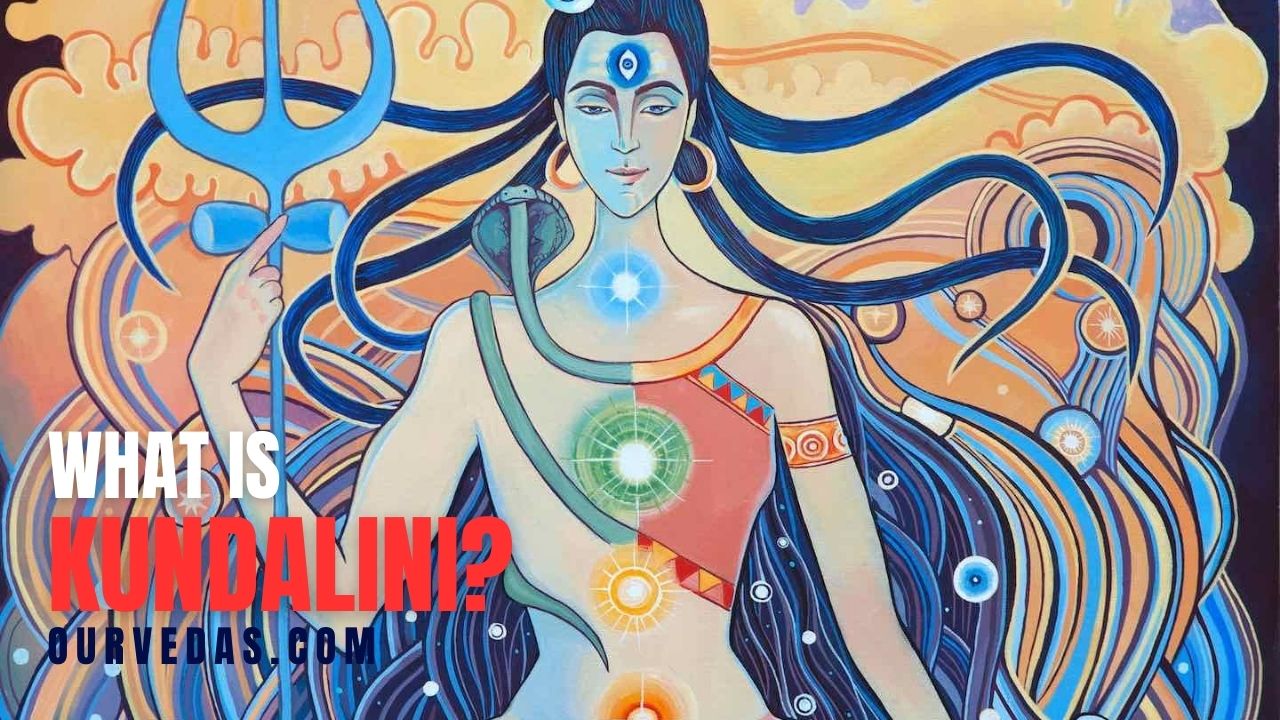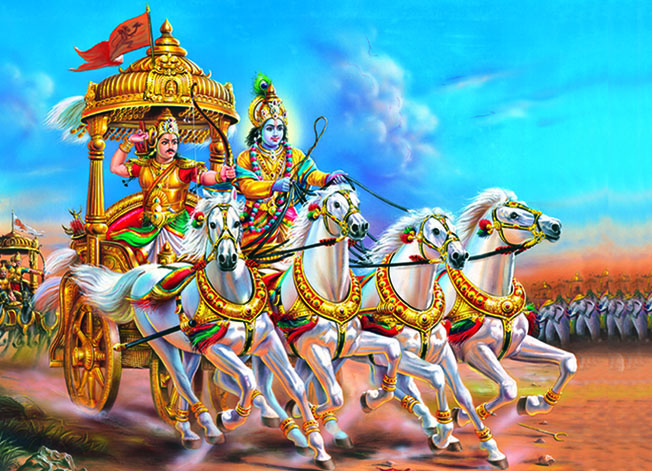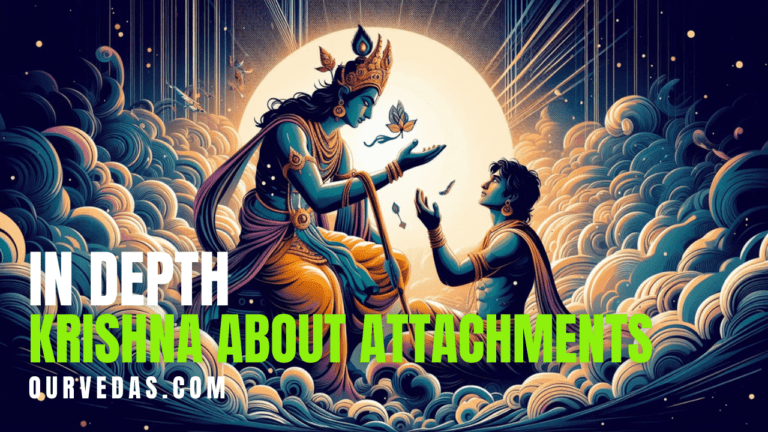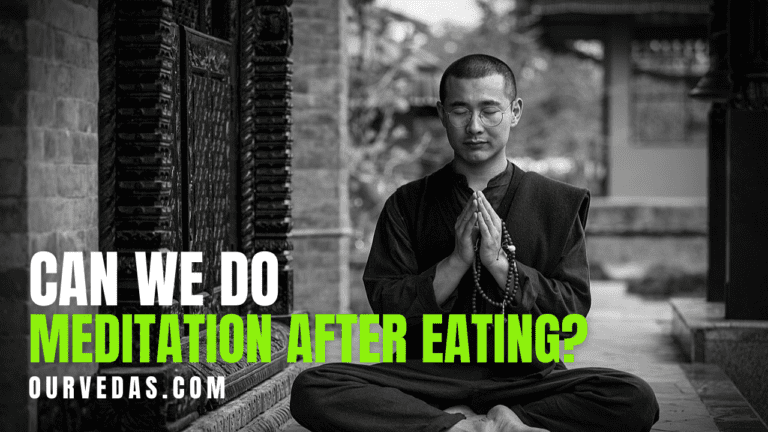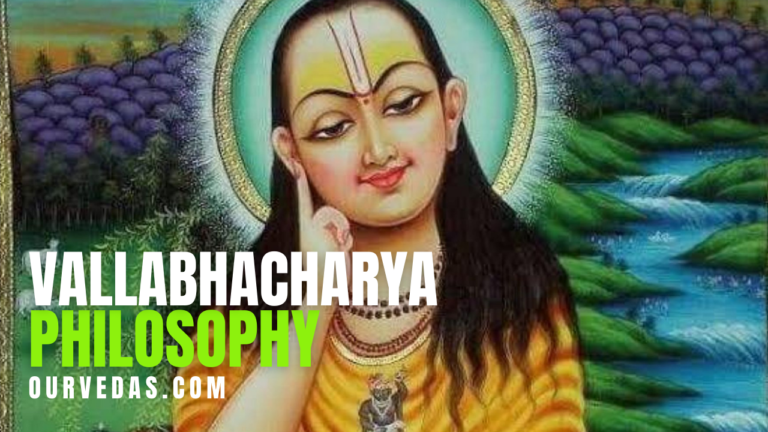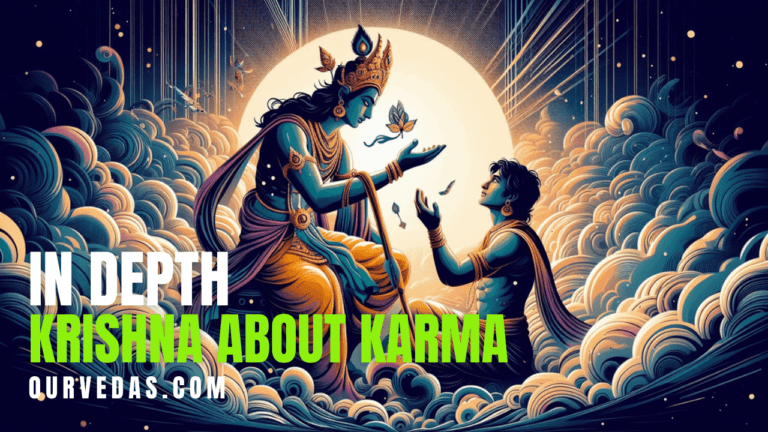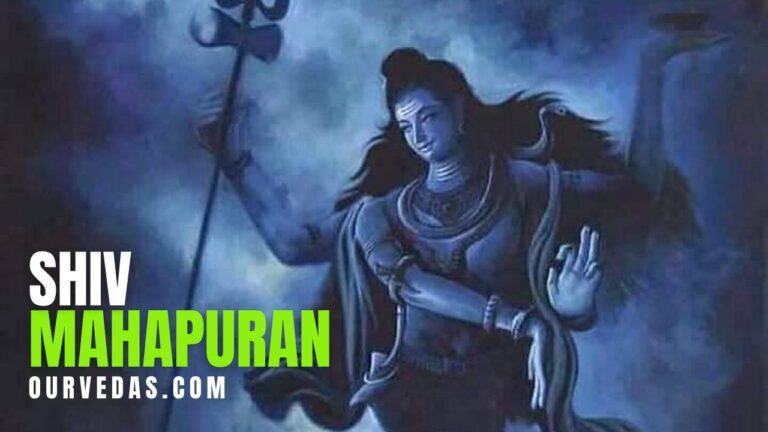Kundalini is a concept based in ancient Indian spiritual traditions, prevalent within Hinduism and a few schools of Buddhism. It is often spoken of as primal energy or shakti sitting at the bottom of the spine. According to belief, this energy sits coiled like a snake there, and through various mystical practices, can be stirred and unleashed, bringing on ecstatic states and actualization of self.
What is Kundalini?
The term “Kundalini” derives from the Sanskrit word “kundal,” meaning “coiled.” The earliest mention of Kundalini can be found in the Upanishads, which are ancient texts that form the philosophical basis of Hinduism. The concept has been explored extensively in the Yoga Sutras of Patanjali and later texts such as the Hatha Yoga Pradipika. These texts discuss how the awakening of Kundalini can lead to enlightenment and liberation (moksha).
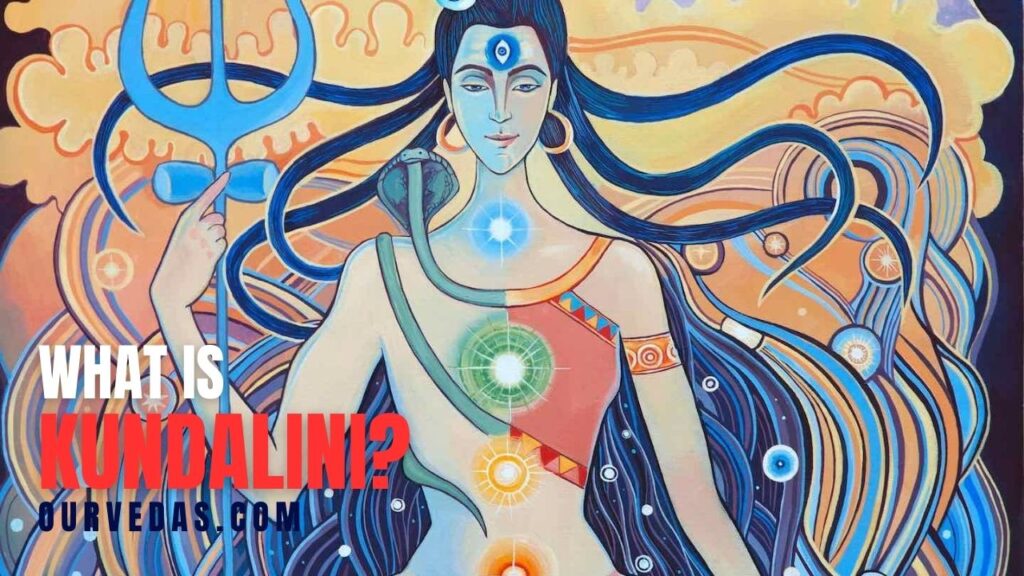
Chakras of the Human Body
Central to the understanding of Kundalini is the chakra system, which is comprised of seven main energy centers located along the spine. Each chakra is associated with specific physical, emotional, and spiritual aspects of human experience:
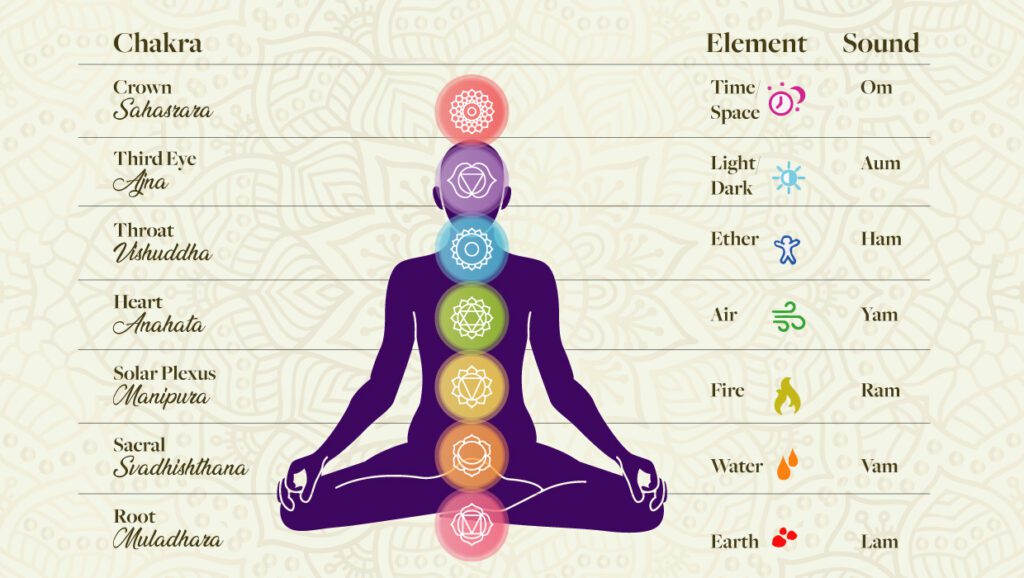
- Muladhara (Root Chakra) – Located at the base of the spine, it represents stability and grounding.
- Svadhisthana (Sacral Chakra) – Located in the pelvic area, it influences creativity and sexuality.
- Manipura (Solar Plexus Chakra) – Located in the abdomen, it is linked to personal power and self-esteem.
- Anahata (Heart Chakra) – Located at the center of the chest, it relates to love and compassion.
- Vishuddha (Throat Chakra) – Located in the throat, it governs communication and expression.
- Ajna (Third Eye Chakra) – Located between the eyebrows, it is associated with intuition and insight.
- Sahasrara (Crown Chakra) – Found at the crown of the head, it is the representation of spiritual connection and enlightenment.
The Kundalini is said to rise through these chakras; as it moves up, each one gets activated, finally going to the Sahasrara, where one can attain oneness with the cosmos.
How to awaken Kundalini?
Awakening Kundalini can either be gradual, or it occurs suddenly, where experiences are varying from one individual to another. Several practices are put in place in order to ensure this awakening; among them includes:
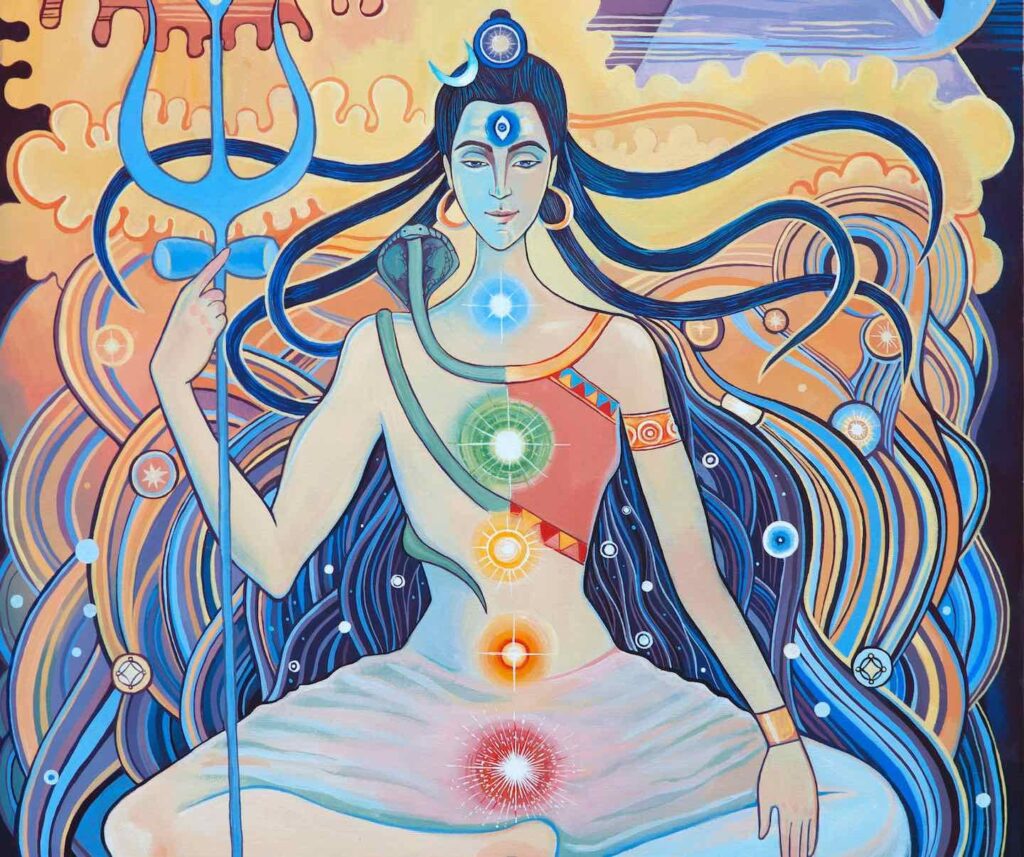
- Meditation: Some may also try mantra meditation, visualization, and even pranayama in trying to refocus your mind to enhance the energy flow.
- Yoga: Certain asanas are thought to open the various chakras, making a comfortable rising of Kundalini energy possible. Popular types of yoga are Hatha and Kundalini, both integrating physical practice with some forms of meditation.
- Breathwork: Regulated breathing exercises may activate and harmonize the energy in the body’s energetic system.
- Sound: Repetition of mantras, for example, using the power of vibrations through sound may also awaken Kundalini.
The experience of Kundalini awakening can be categorized into distinct stages:
- Preparation: Individuals often undergo a period of preperation for Kundalini awakening. There is psychological and physical preparation, cleansing both the body and mind.
- Awakening: The phase may be marked by sensations such as heat, tingling, or even kriyas. Emotions are also released because long-repressed emotions come to the surface.
- Integration: The phase of integration happens after the awakening phase. Individuals then learn to live with and understand the new energy that has taken over them. This period may be a transforming one in the lifestyle, relationships, and outlook of the individual.
- Enlightenment: In the final stage, there can be deep experiences of unity, bliss, and heightened awareness. People often feel a deep sense of connection with themselves, others, and the universe.
Benefits of Kundalini Awakening
There are many positive effects of the Kundalini awakening, which include:
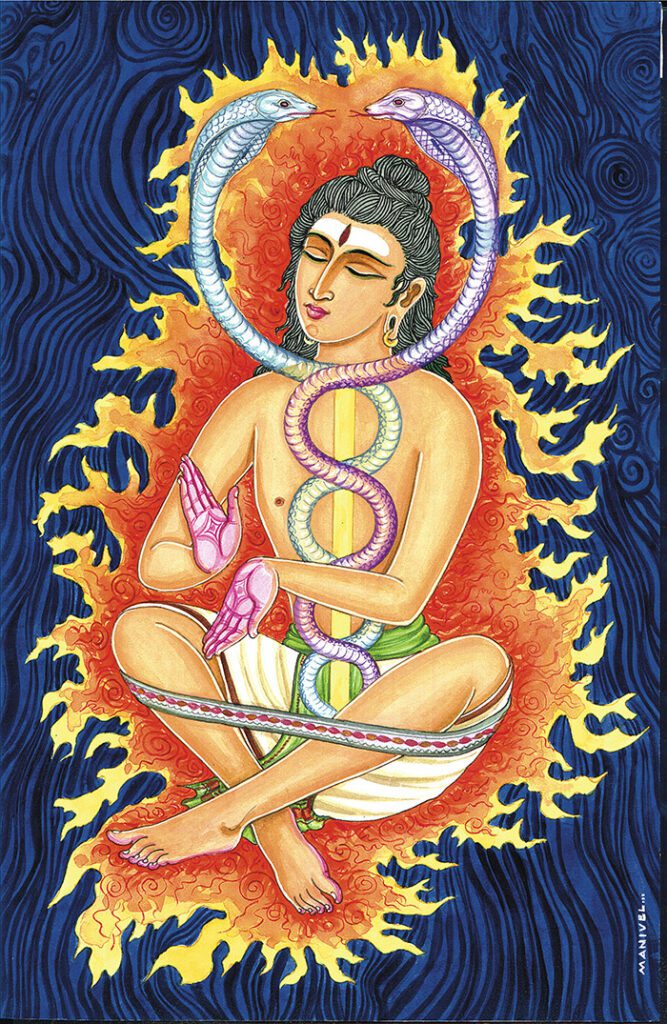
- Increased creativity: A lot of people have reported increased creativity with Kundalini awakening.
- Greater self-awareness: It’s said the true wisdom can never be gain through books, it comes with Kundalini awakening. A deeper understanding of oneself leads to personal growth and a profound sense of identity.
- Emotional healing: Kundalini heals your unhealed emotions. As buried emotions surface, they can be addressed and released, leading to emotional freedom.
- Spiritual Connection: It increases the practitioners’ connection with the divine or the universe to higher levels in terms of their spirituality.
- Physical Health: Practices involved with Kundalini awakening increase their overall physical well-being by creating mindfulness through movements and breathing.
Kundalini is one of the great deep, transforming energies that people have been reaching for over time. Although very intense and quite a challenge in awakening this energy, it gives rise to appropriate growth and exploration of self in this process. Today, with increasing spirituality and holism in life, Kundalini is indeed a great symbolism for the energy within each human being. This is a very personal and transformative experience, whether one approaches it through yoga, meditation, or any other spiritual practice, which could lead to a more fulfilling and enlightened life. Every person’s experience with Kundalini is unique, and understanding this energy can provide insight into one’s self and the greater universe.
What happens when Kundalini is activated?
The process of Kundalini activation can be categorized into different stages, they are:
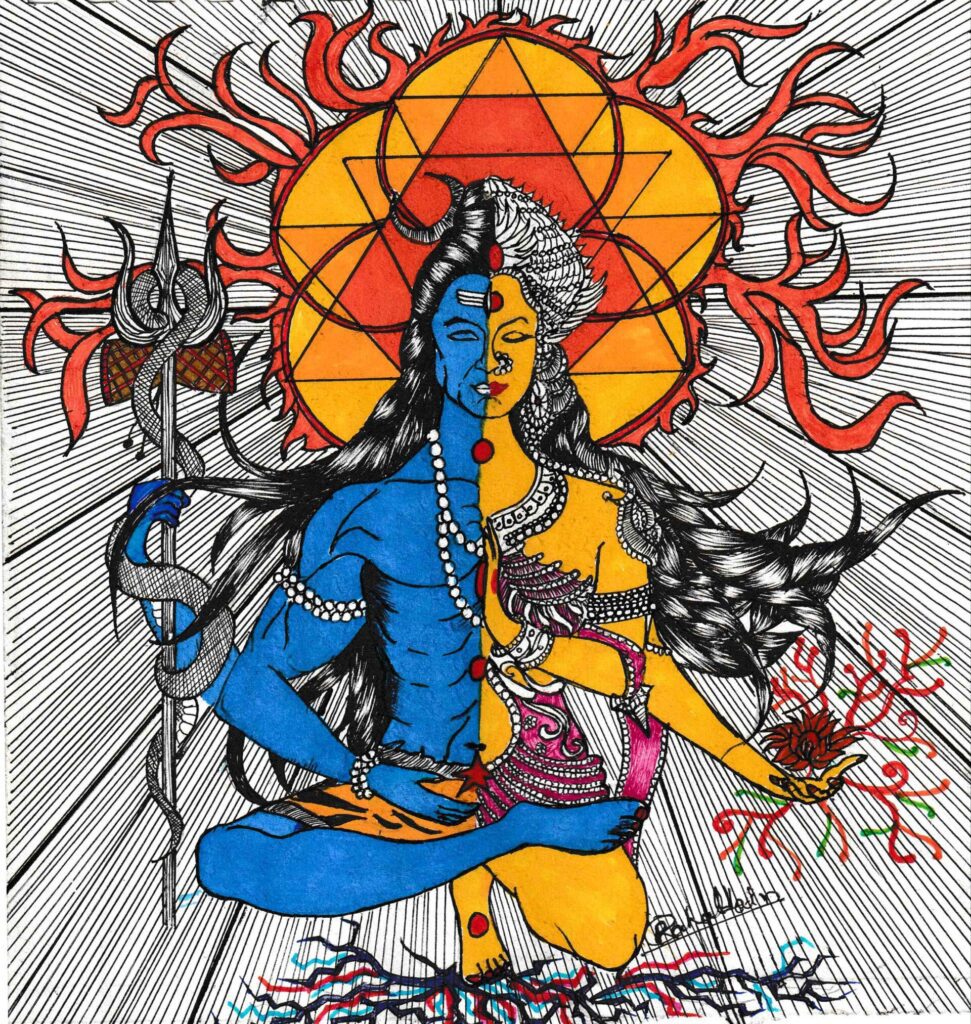
- Initiation: The onset of activation is mostly unprovoked. People may experience an outburst of energy or increased consciousness, which occasionally can be brought on by intense meditation or yoga practice. This primal awakening is thrilling but overwhelming.
- Rising Energy: Once it starts to rise, the practitioner feels sensations in their body, including warmth, tingling, or pulsations. This stage often includes spontaneous movements called “kriyas,” which are automatic physical responses to the flow of energy. Sensations can be localised in the spine or more diffused over the body, often accompanied by emotional releases.
- Emotional Catharsis: Buried emotions erupt, and at this stage, episodes of anxiety or euphoria or even confusion may prevail. It’s very much in line with chakras. Thus, while the energy works its way towards the surface, it can initiate healing by bringing these pent-up emotions to the open. Emotional catharsis plays a significant part in awakening and self-evolution.
- Integration: Once the initial energy and emotional turmoil have subsided, people enter an integration phase. This is a time of learning to control the newly opened energy. Integration can take the form of new practices, such as daily meditation or journaling, to process and understand experiences.
- Expanded Consciousness: It boosts intuition and creativity. It develops a sense of interconnectedness with all life. This opens the door to spiritual insights and the understanding of oneness with the universe.
- Enlightenment and Beyond: The culmination of the process of activation is enlightenment-a state of deep awareness and unity with the cosmos. During this phase, blissful states of being are often felt with a profound feeling of peace and harmony beyond the ego.
Interconnectedness of all beings usually grows deeper, and compassion and empathy seem to dawn.
Obstacles during the process of Kundalini Activation
While this awakening of Kundalini has the potential for remarkable spiritual growth, it can be a challenge as well. Individuals may experience physical discomfort as a result of rising energy through chakras because of blockages. This might be felt in the form of tension, pain, or restlessness, and seekers may look for ways to release this, perhaps through yoga or bodywork.
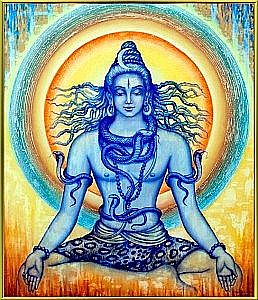
- Emotional Upheaval: The actualization of the energy may bring with it anxiety, bewilderment, or depression. These can be overwhelming experiences for initiates as they journey through their inner geography.
- Overwhelm and Sensitivity: Some people can become overwhelmed with the intensity of their experiences. They may become too sensitive to stimulus, emotions, or their environment, requiring quiet time or reflective periods.
- Difficulty in Integration: It is challenging to integrate the new energy and insights. It calls for patience and self-compassion. Practitioners should find support through community, mentors, or therapists who are familiar with Kundalini practices.
Navigating the Journey
Working with an experienced teacher or mentor can provide invaluable support. Teachers can offer insight, help manage expectations, and ensure that individuals remain grounded throughout their journey. Consistent engagement in yoga, meditation, and other spiritual practices fosters balance and stability. These practices help keep the energy flowing smoothly and mitigate potential discomfort.
Engaging in self-care practices, such as spending time in nature, practicing mindfulness, and getting enough rest, can help a lot in processing experiences. The body and mind need to be nourished during this transformative period. Finding like-minded people or groups allows practitioners to share experiences and insights. Community connections can help one feel a sense of belonging and understanding.
Read: The Majestic Char Dhams of Hinduism

